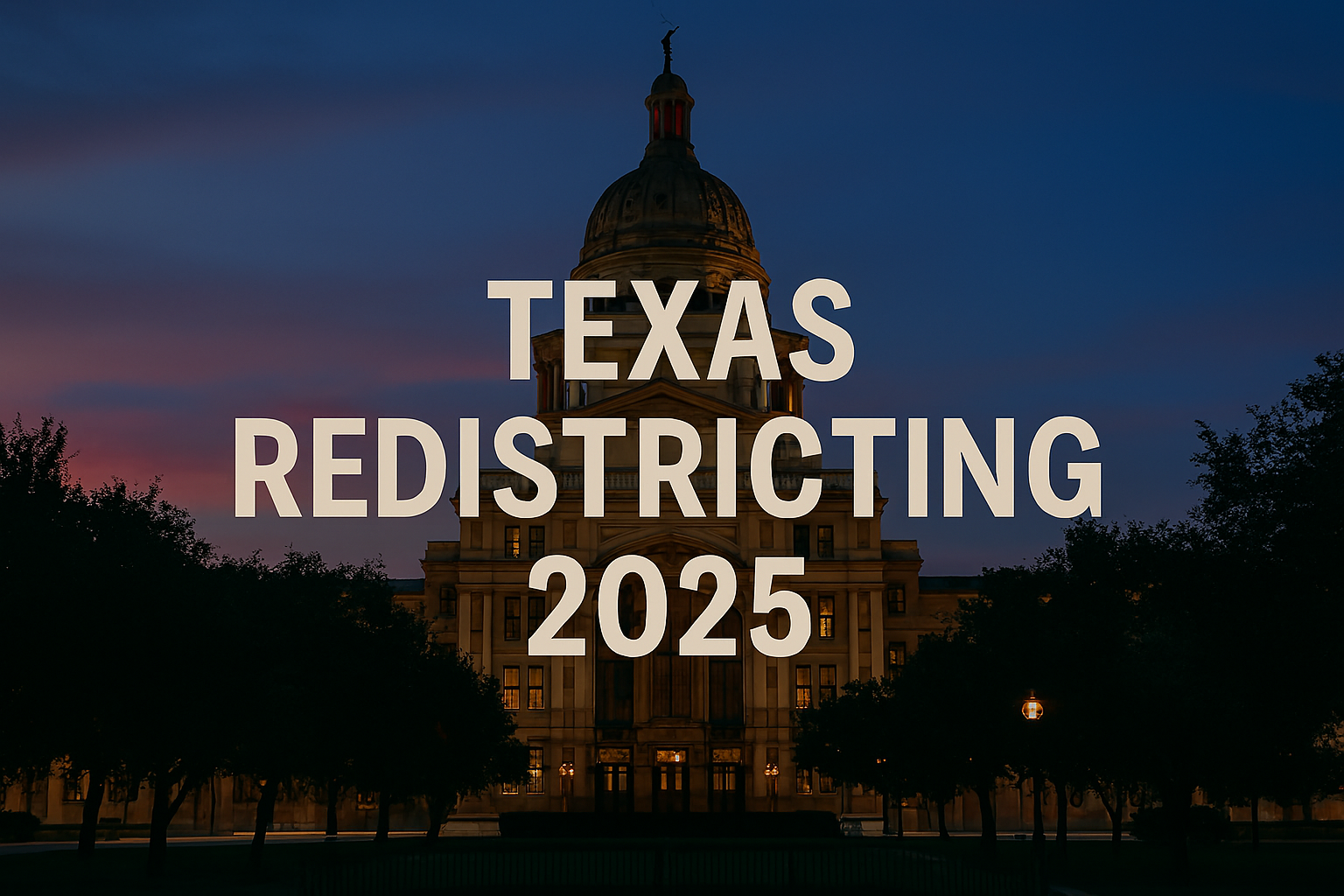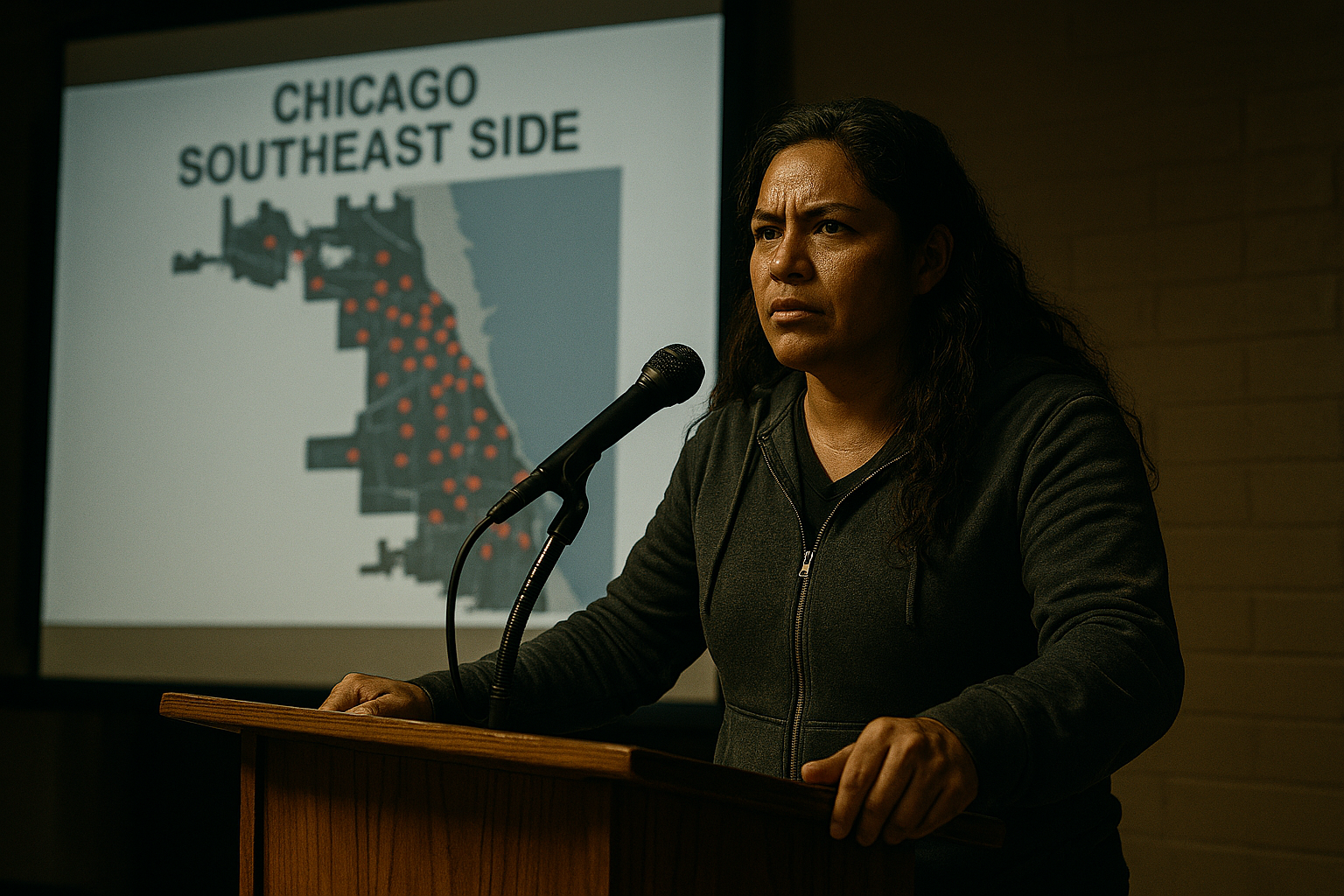Texas Democrats Block GOP House Map 2025: Quorum Break Halts Redistricting

In a dramatic stand against a Republican plan to redraw Texas’s congressional map, Democratic state legislators fled the state, halting a vote that could hand the GOP five additional U.S. House seats, per The Washington Post. The Texas Democrats block GOP House map 2025 effort underscores a fierce battle over electoral fairness ahead of the 2026 midterms. With Texas’s special legislative session stalled, what does this mean for the state’s political landscape and the nation?
The Quorum Break: Democrats’ Strategy
Texas Democrats employed a high-stakes tactic to block the GOP’s redistricting:
- Action Taken: Fifty-seven of 62 House Democrats left Texas, denying the 150-member House the two-thirds quorum (100 members) needed to vote, per The Washington Post. They traveled to Chicago, New York, and Boston, planning to stay until the session ends on August 19, per Texas Tribune.
- GOP Plan: The map, unveiled by Rep. Todd Hunter (R), targets five Democratic districts in Austin, Dallas, Houston, and South Texas to favor Republicans, per Texas Tribune. Trump would have won all 30 GOP districts by 10+ points in 2024, per NBC News.
- Consequences: Gov. Greg Abbott threatened to remove absent Democrats from office, calling it “abandonment,” and Attorney General Ken Paxton suggested arrests, though out-of-state jurisdiction limits this, per The New York Times. Democrats face $500 daily fines, per CNN.
Critical Perspective: Gaps in the Narrative
The establishment narrative, per The Washington Post and Texas Tribune, frames the Democrats’ flight as a desperate but temporary delay, with Republicans confident in eventual passage. However, key issues are overlooked:
- Racial Concerns: Democrats, like Rep. Marc Veasey, argue the map dilutes minority voting power, violating the Voting Rights Act, despite GOP claims of creating majority-Hispanic and Black districts, per Texas Tribune. The 50% minority threshold may not ensure representation, per Democracy Docket.
- Public Input: The map was released after public hearings, limiting voter feedback, per The Guardian. This opacity undermines democratic process claims, per Texas Tribune.
- National Ripple Effects: The narrative downplays retaliatory redistricting threats from Democratic-led states like California and New York, which face legal hurdles, per The Washington Post. This could spark a gerrymandering arms race, per CNN.
- Legal Pretext: A DOJ letter claiming racial gerrymandering in current maps is disputed, as Republicans previously testified race was not considered, per Democracy Docket. This inconsistency weakens GOP justification, per Texas Tribune.
This framing understates the map’s impact on minority voters and national electoral dynamics.
National Implications
The Texas standoff could reshape the 2026 midterms:
- GOP Strategy: The map aims to secure the GOP’s 219-212 House majority, critical for Trump’s agenda, per The Washington Post. Similar efforts are planned in Ohio and Missouri, per NPR.
- Democratic Response: California Gov. Gavin Newsom and New York Gov. Kathy Hochul are exploring redistricting retaliation, though nonpartisan commissions limit options, per The Washington Post. House Minority Leader Hakeem Jeffries is rallying opposition, per CNN.
- Legal Challenges: Democrats plan lawsuits, alleging Voting Rights Act violations, though GOP maps are drawn to survive challenges by leveraging Hispanic voter shifts, per The New York Times.
Recommendations for Engagement
- Voters: Join the Texas AFL-CIO’s call to testify at hearings or contact legislators via texas.gov, per The Guardian. Share views on X at @TexasDemocrats.
- Legislators: Launch a voter education campaign on redistricting impacts, modeled on 2020 Census outreach, per Texas Tribune.
- National Leaders: The DNC should fund transparent map-drawing pilots in blue states, per The Washington Post.
Conclusion
The Texas Democrats block GOP House map 2025 effort has paused a Republican power grab but faces legal and political risks. As the nation watches, voter engagement and transparency are key to ensuring fair representation. Share your thoughts on redistricting below.










